- Messages
- 338
- Name
- Gary Laird
- Edit My Images
- Yes
Hi guys, need some help/suggestions in using a telephoto lens. I have a 100-300mmm f4.0~5.6 on a micro four third camera so 200-600mm full frame equivalent. I understand that using these long lenses is a skill in itself..... which I clearly don't have yet. I have only used the lens in anger twice and yesterday tried taking pictures of some birds using a bird feeder. I was excited when along came Mr squirrel to get in on the action and I thought I had some great shots until I uploaded to my computer.......oh dear!!!! I used shutter speed priority set at 1/800sec and an ISO of 800 to give reasonable apertures. Shooting in burst mode I think I have some serious problems with lens movement causes blurred/out of focus crappy images. I know the lens is not 'great' at maximum focal length and has had mixed reviews and I would upgrade to something better if I can master this one! I know the lens can produce reasonable results (at least for me) as it worked OK when I visited a seal sanctuary a while ago. With regards to shutter speed when using longs lenses I have seen some incredible images that claim to be shot hand held at below 1/100 of a sec at a 600mm focal length......is this really possible? The pictures I shot at the seal sanctuary had the lens braced against hand rails while those from yesterday were truly handheld with only me leaning against a wall. I also think that at an ISO of 800 there is a lot of grain! I know m4/3 cameras are not renowned for their high ISO performance I would not have considered though 800 should cause this. Maybe this 'grain or noise' is also my unsteadying shooting.
Anyway here is the evidence bellow....the pictures of the birds/squirrel from yesterday is a straight jpg output from the camera raw file.......any comments tips gratefully received
264mm f13.0 1/800 ISO800
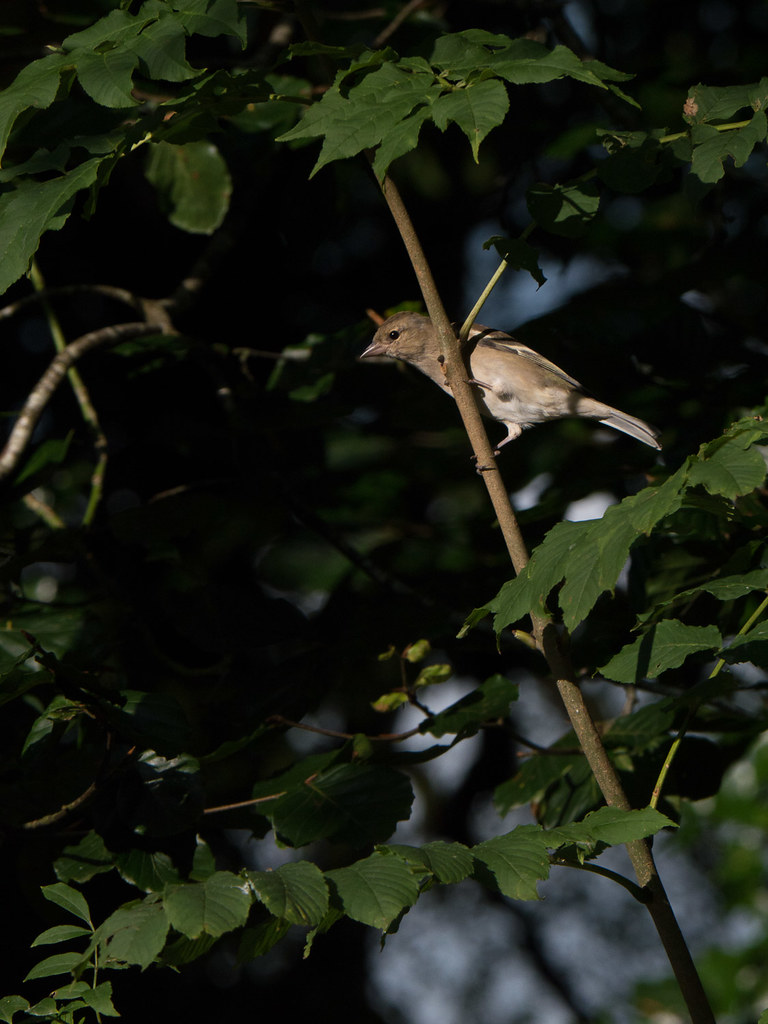 20170917-P1150579.jpg by Gary Laird, on Flickr
20170917-P1150579.jpg by Gary Laird, on Flickr
300mm f7.1 1/800 ISO800
 20170917-P1150453.jpg by Gary Laird, on Flickr
20170917-P1150453.jpg by Gary Laird, on Flickr
300mm f10.0 1/800 ISO800
 20170917-P1150533.jpg by Gary Laird, on Flickr
20170917-P1150533.jpg by Gary Laird, on Flickr
264mm f9.0 1/800 ISO800
 20170917-P1150563.jpg by Gary Laird, on Flickr
20170917-P1150563.jpg by Gary Laird, on Flickr
And now some of the better ones from the first outing at the seal sanctuary:
264mm f5.6 1/160 ISO160
 20170725-P1110389.jpg by Gary Laird, on Flickr
20170725-P1110389.jpg by Gary Laird, on Flickr
300mm f5.6 1/500 ISO800
 20170725-P1110633.jpg by Gary Laird, on Flickr
20170725-P1110633.jpg by Gary Laird, on Flickr
300mm f5.6 1/250 ISO400
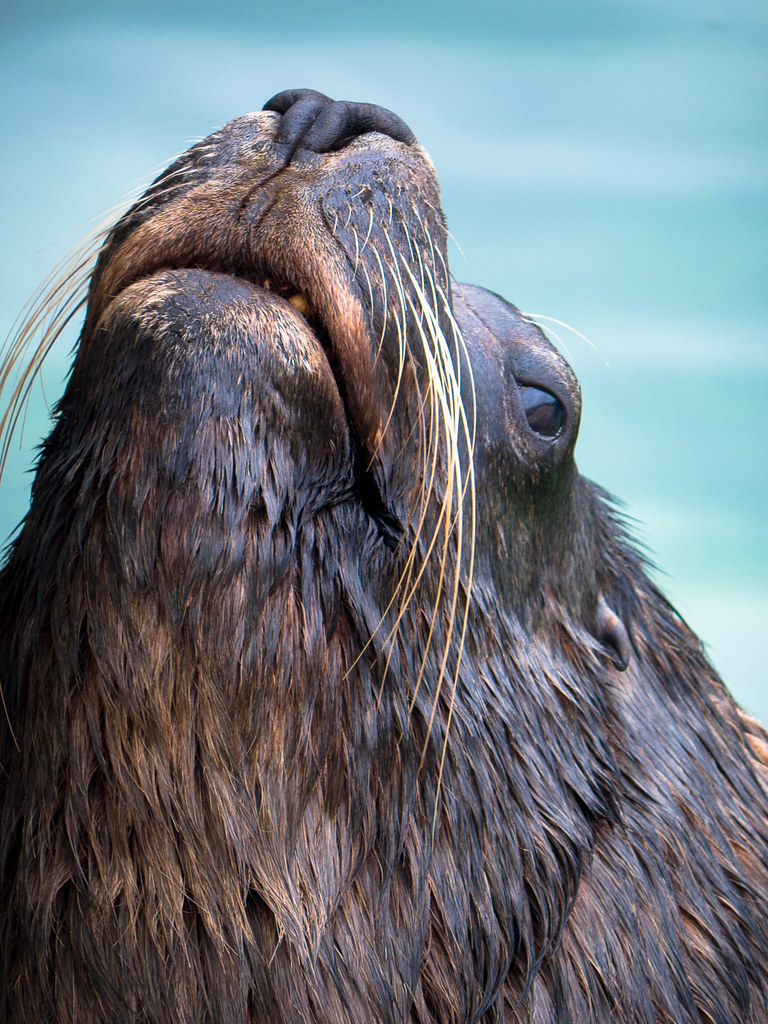 20170725-P1110500.jpg by Gary Laird, on Flickr
20170725-P1110500.jpg by Gary Laird, on Flickr
300mm f5.6 1/500 ISO800
 20170725-P1110629.jpg by Gary Laird, on Flickr
20170725-P1110629.jpg by Gary Laird, on Flickr
Anyway here is the evidence bellow....the pictures of the birds/squirrel from yesterday is a straight jpg output from the camera raw file.......any comments tips gratefully received
264mm f13.0 1/800 ISO800
 20170917-P1150579.jpg by Gary Laird, on Flickr
20170917-P1150579.jpg by Gary Laird, on Flickr300mm f7.1 1/800 ISO800
 20170917-P1150453.jpg by Gary Laird, on Flickr
20170917-P1150453.jpg by Gary Laird, on Flickr300mm f10.0 1/800 ISO800
 20170917-P1150533.jpg by Gary Laird, on Flickr
20170917-P1150533.jpg by Gary Laird, on Flickr264mm f9.0 1/800 ISO800
 20170917-P1150563.jpg by Gary Laird, on Flickr
20170917-P1150563.jpg by Gary Laird, on FlickrAnd now some of the better ones from the first outing at the seal sanctuary:
264mm f5.6 1/160 ISO160
 20170725-P1110389.jpg by Gary Laird, on Flickr
20170725-P1110389.jpg by Gary Laird, on Flickr300mm f5.6 1/500 ISO800
 20170725-P1110633.jpg by Gary Laird, on Flickr
20170725-P1110633.jpg by Gary Laird, on Flickr300mm f5.6 1/250 ISO400
 20170725-P1110500.jpg by Gary Laird, on Flickr
20170725-P1110500.jpg by Gary Laird, on Flickr300mm f5.6 1/500 ISO800
 20170725-P1110629.jpg by Gary Laird, on Flickr
20170725-P1110629.jpg by Gary Laird, on Flickr

 20170917-20170917-P1150453 - Copy-2.jpg
20170917-20170917-P1150453 - Copy-2.jpg 20170917-20170917-P1150563 - Copy-2.jpg
20170917-20170917-P1150563 - Copy-2.jpg 20170917-20170917-P1150579 - Copy-2.jpg
20170917-20170917-P1150579 - Copy-2.jpg 20170919-20170919-P1160091-2.jpg
20170919-20170919-P1160091-2.jpg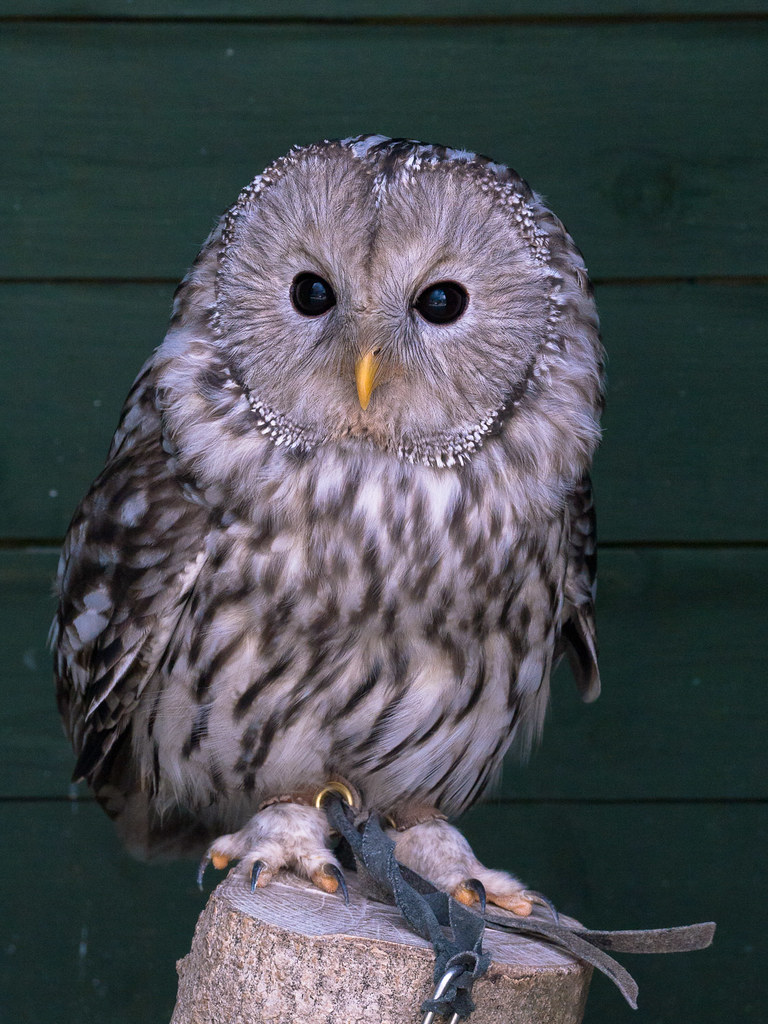 20170919-P1150816.jpg
20170919-P1150816.jpg 20170919-P1160002.jpg
20170919-P1160002.jpg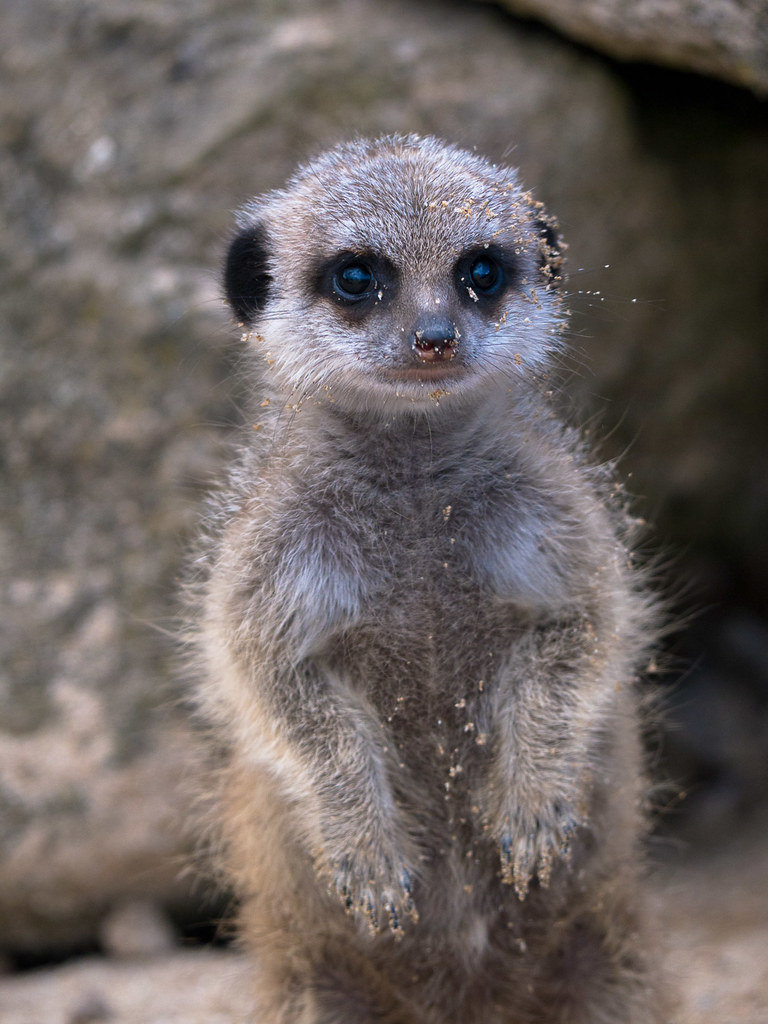 20170919-P1160041.jpg
20170919-P1160041.jpg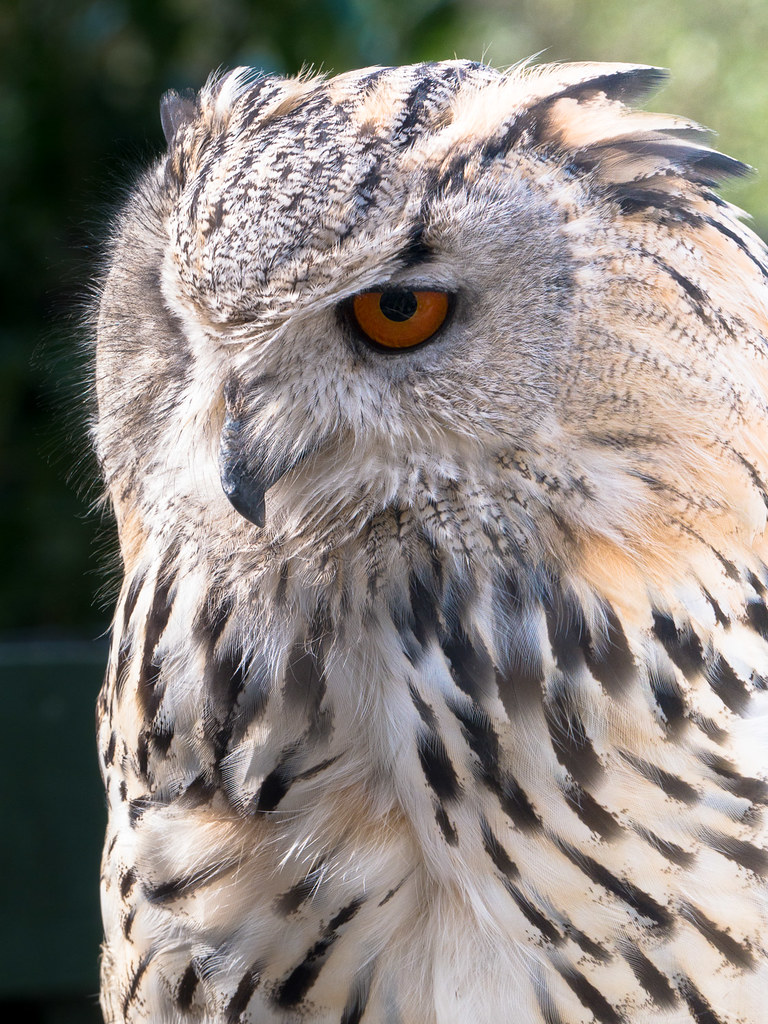 20170919-P1160099.jpg
20170919-P1160099.jpg